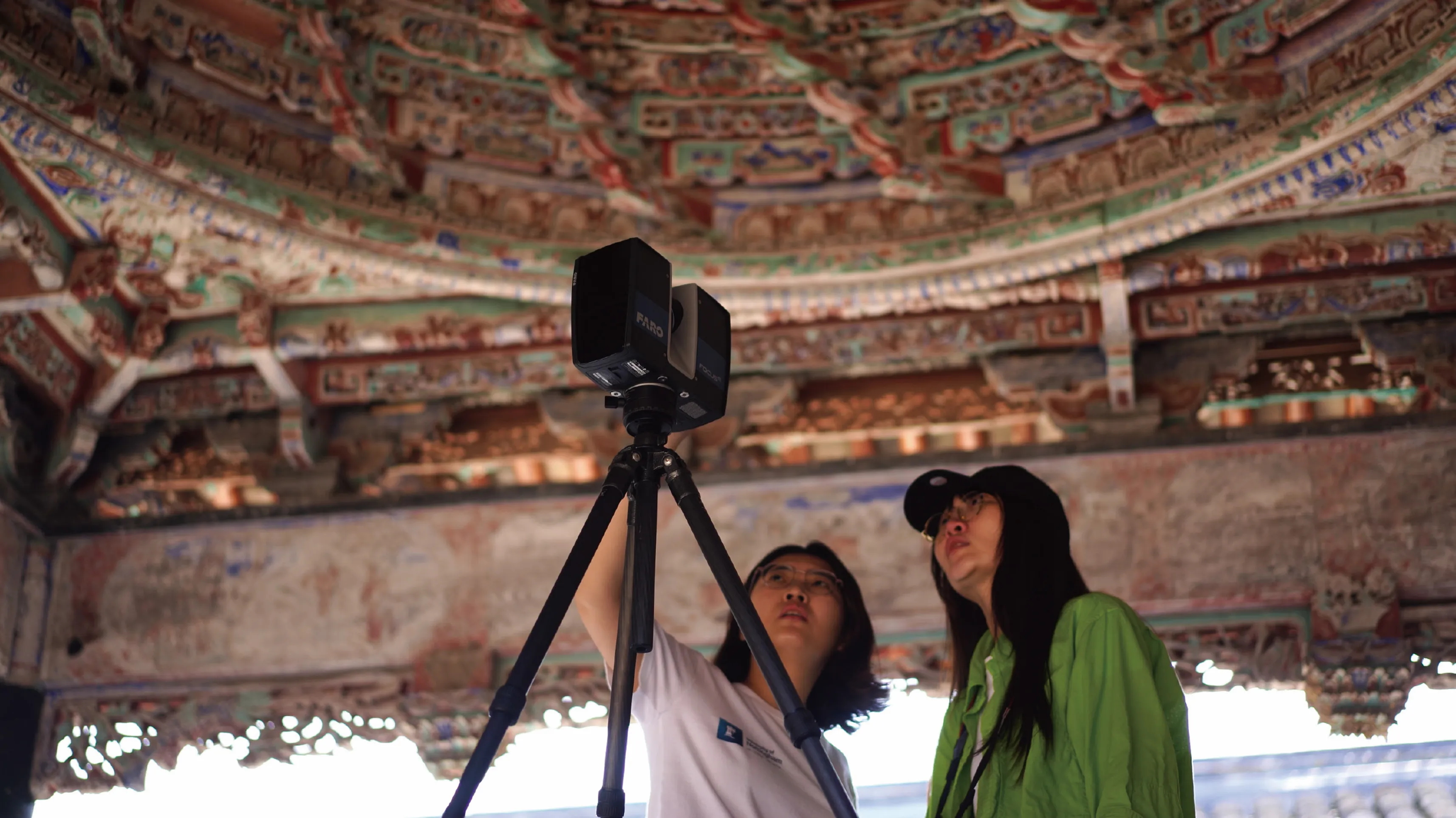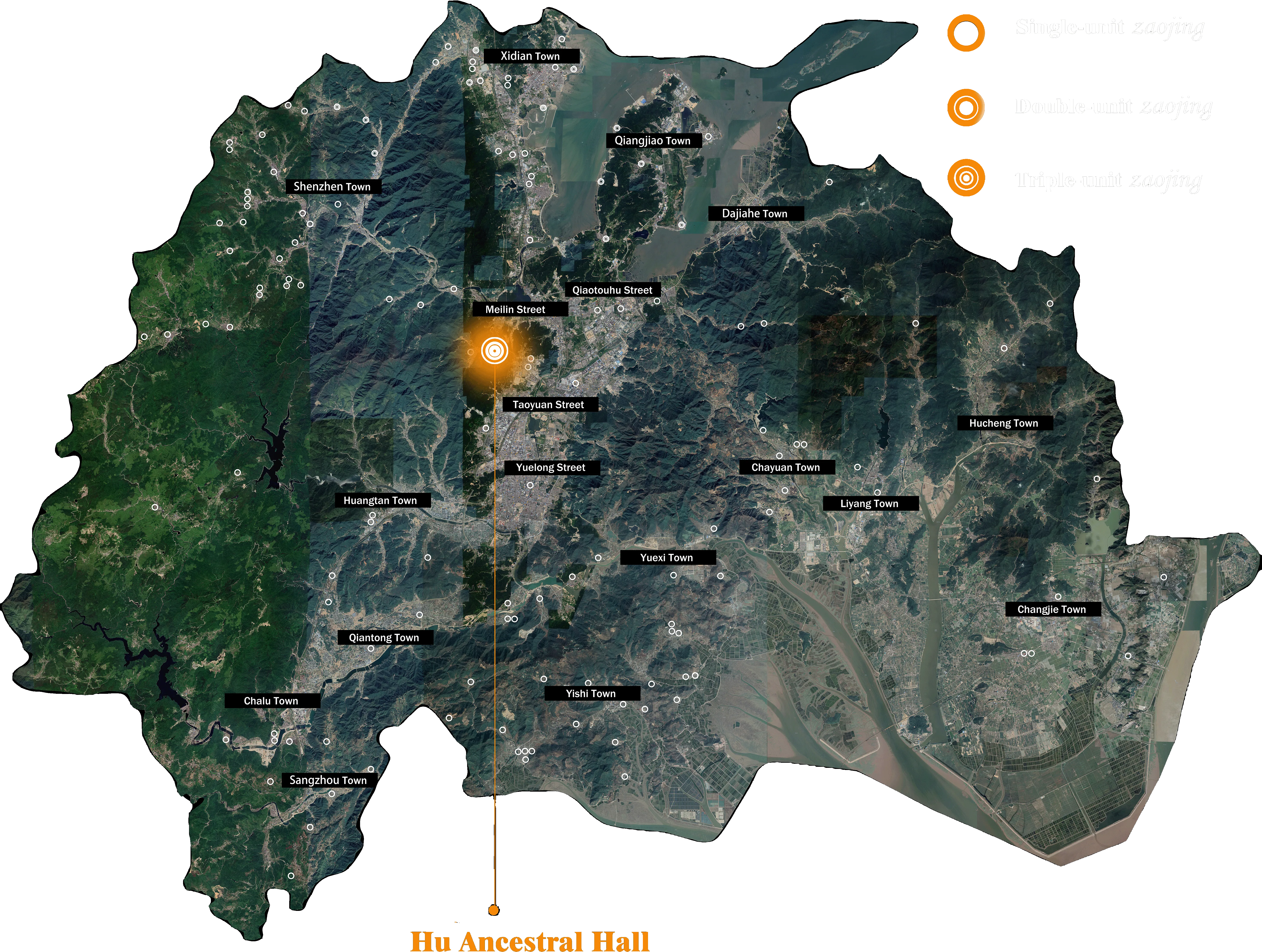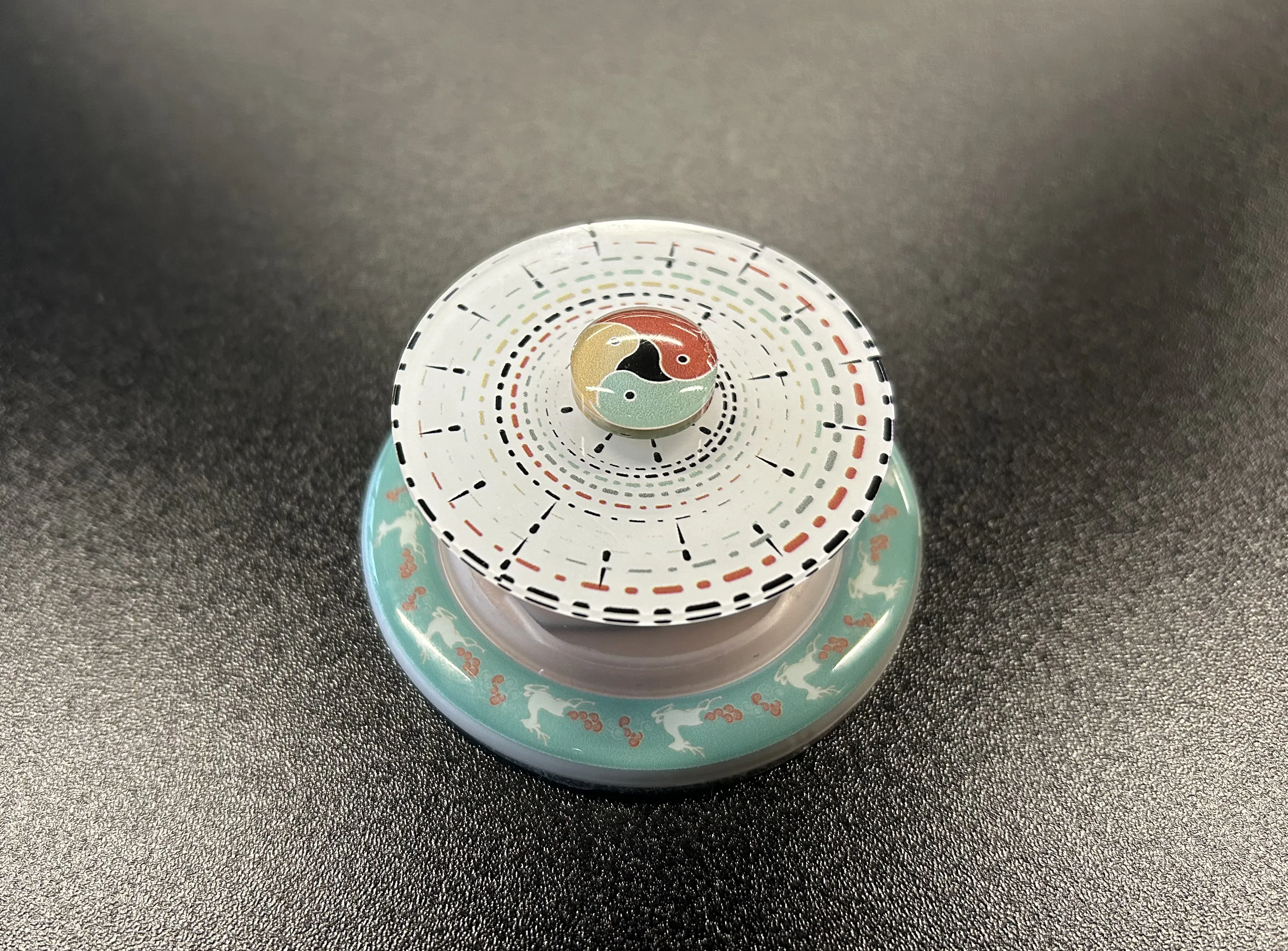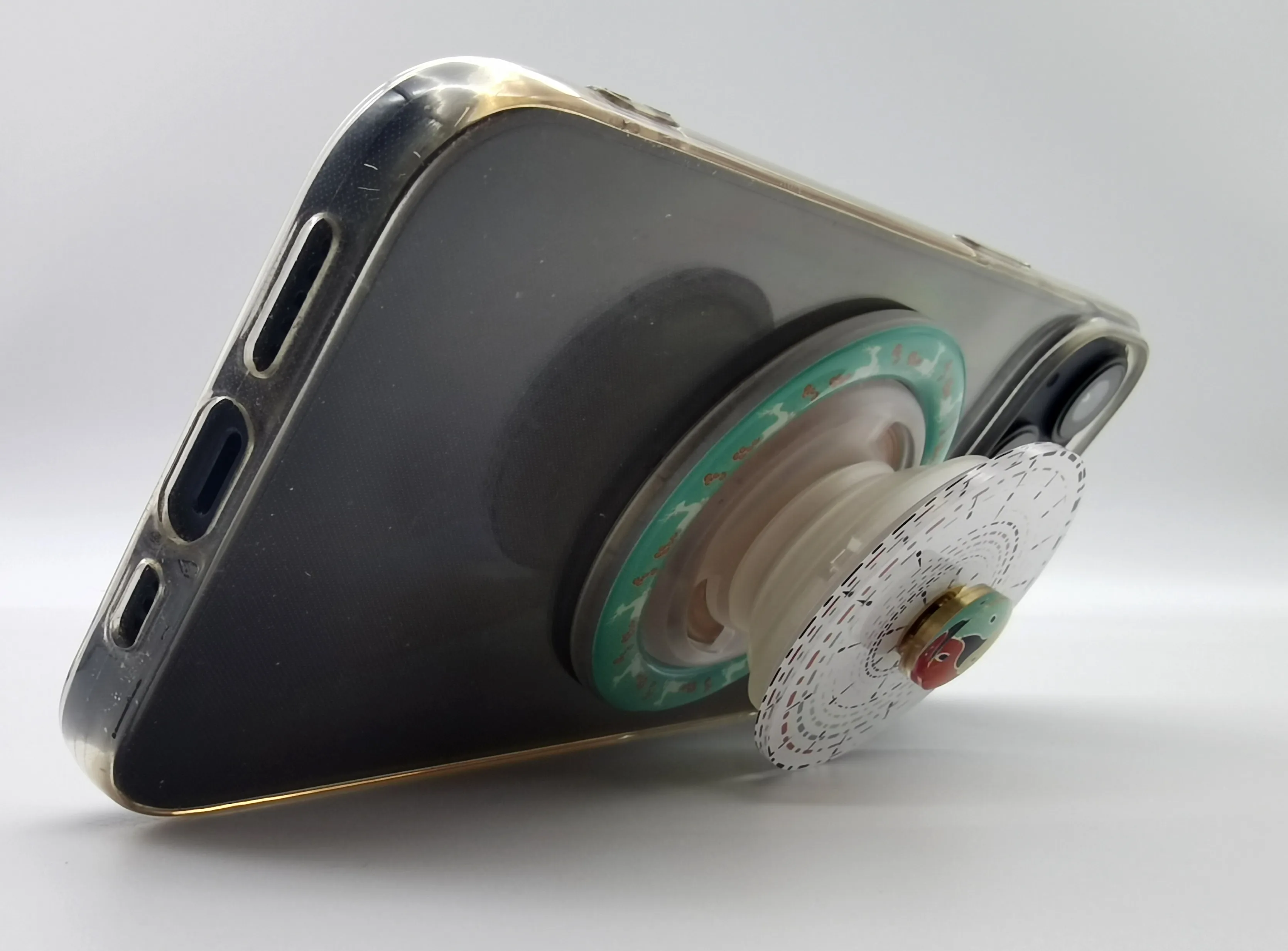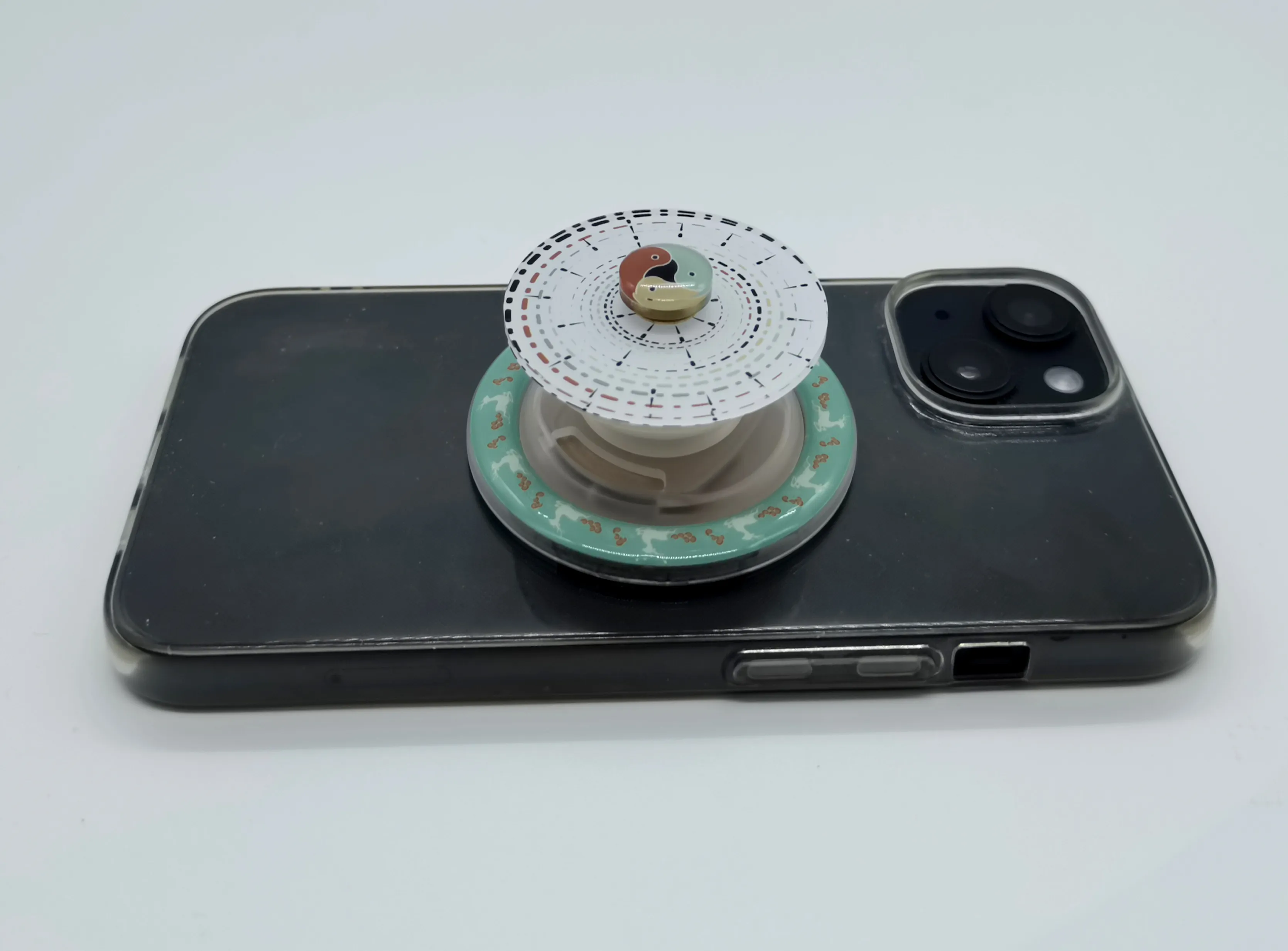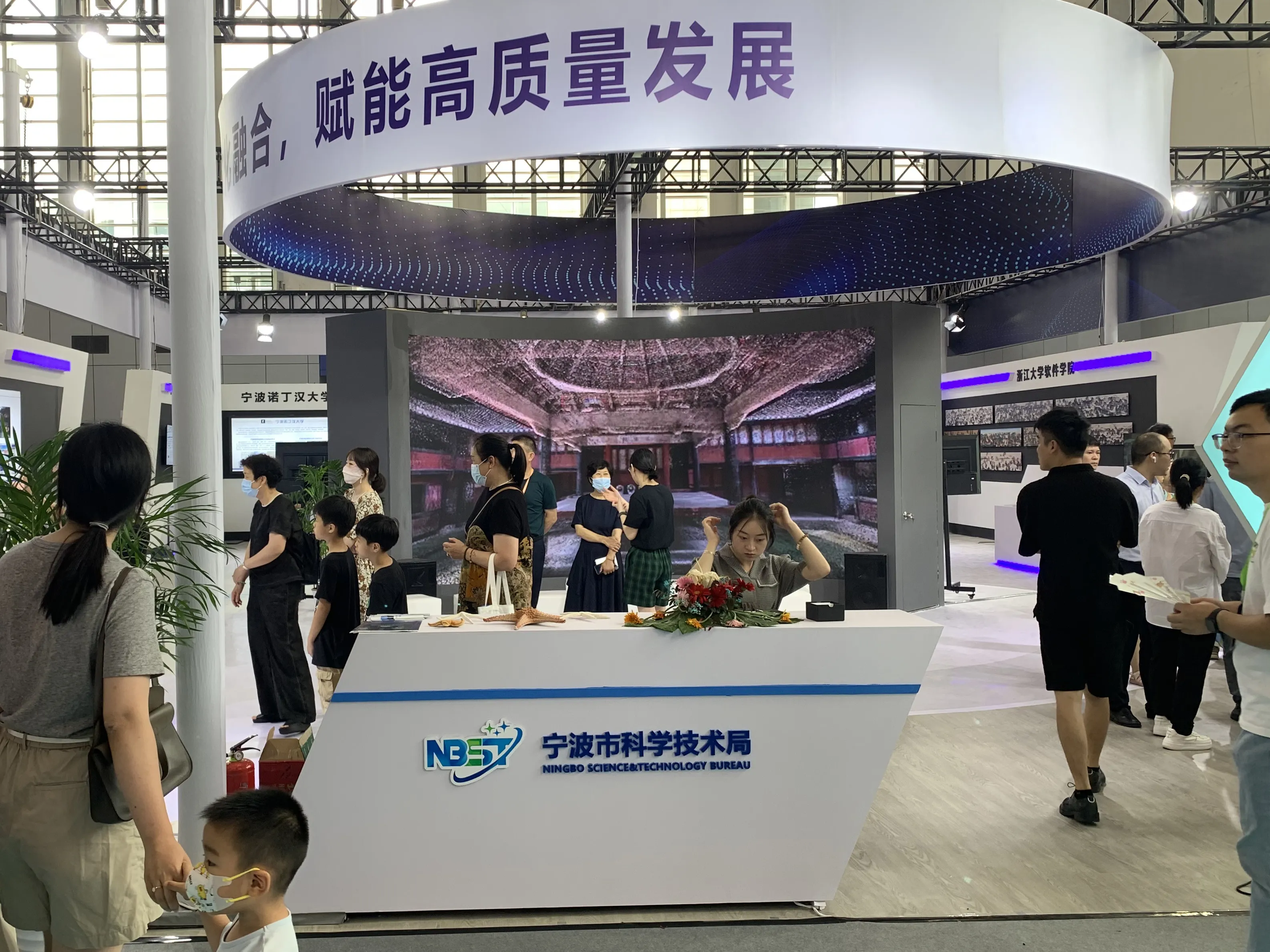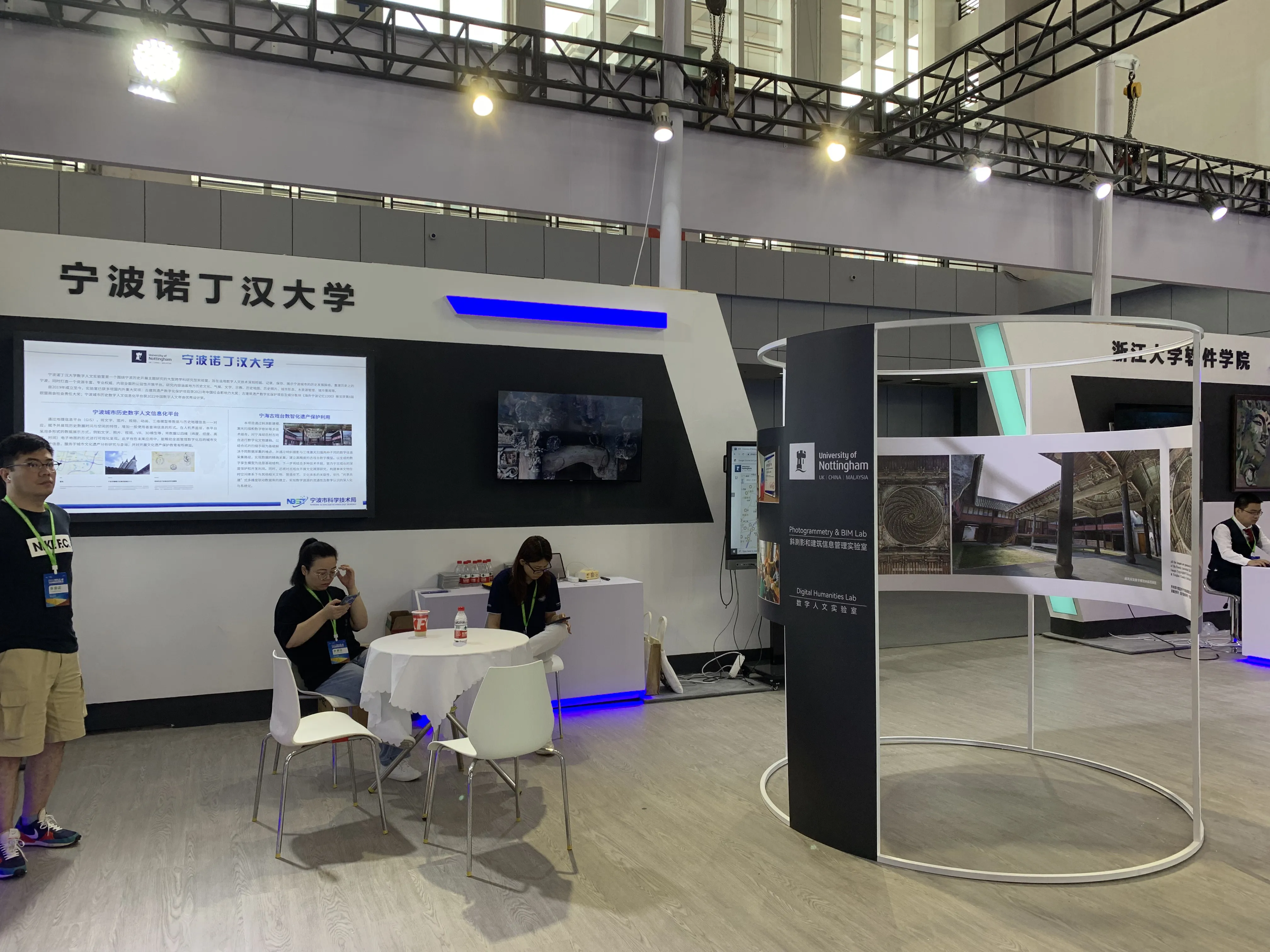Zaojing, an architectural feature in great halls of traditional Chinese buildings,
refers to a dome-shaped, inward curving ceiling, often adorned with carvings or vivid paintings that illustrate a variety of designs.
In Ningbo, zaojing is typically found in the great hall of Baoguo Temple built in 1013.
It also prevails in ancestral halls particularly on their theatre pavilions.
Preliminary data collection reveals that there are over 300 traditional theatres in the Ningbo area.
Location of Zaojings(Theaters) in Ninghai County
